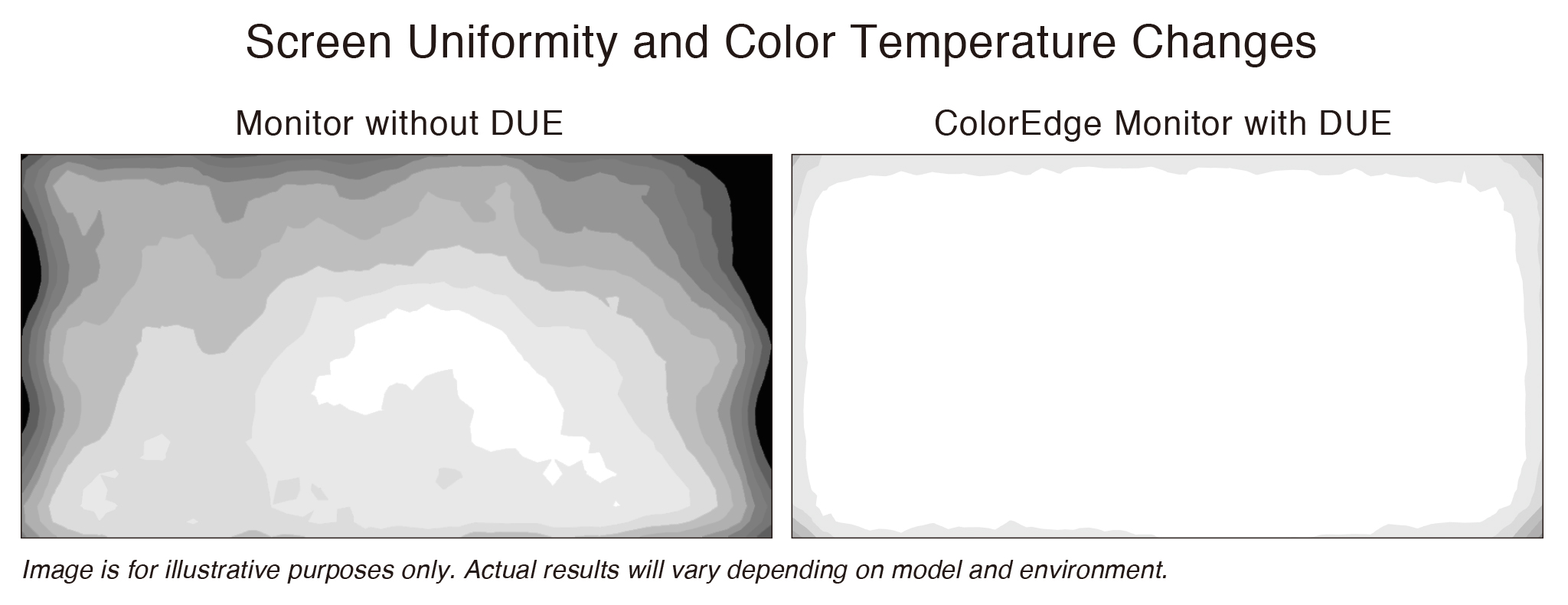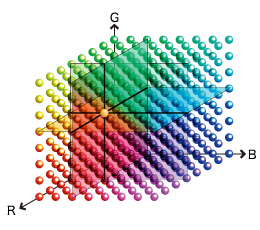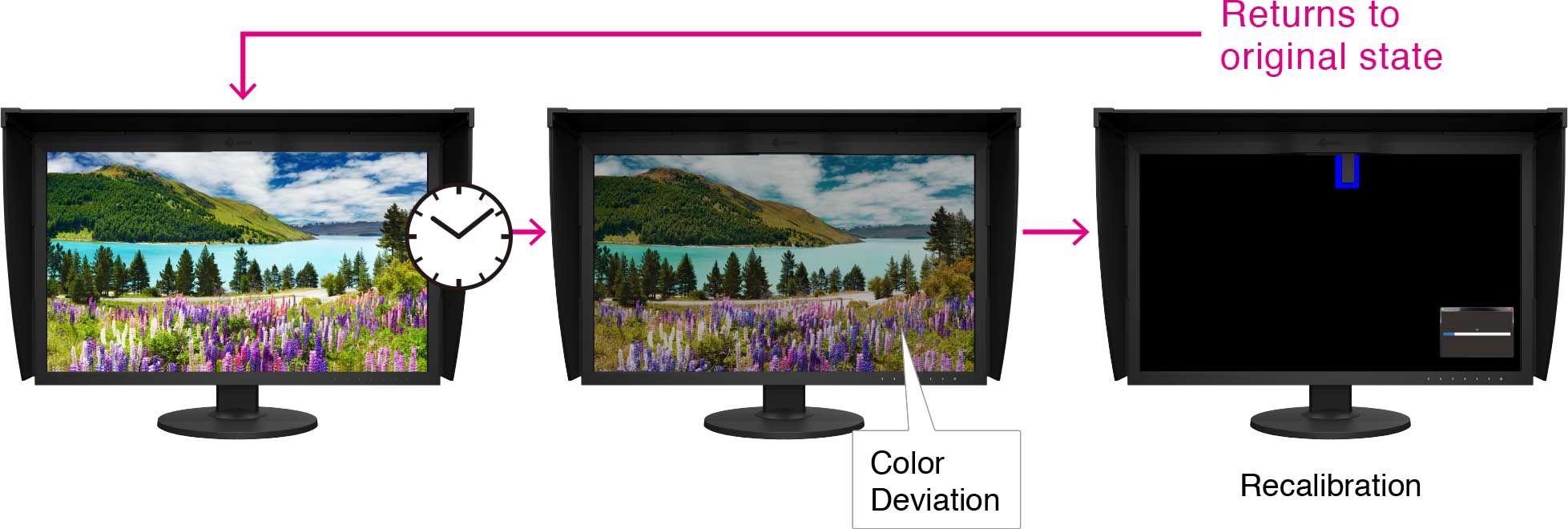Re: Topic TV 4K et le 4K en General !
Posted: Fri Dec 25, 2020 9:56 am
Téléviseur Skyworth S81 Pro : 4K OLED, 1000 nits, 99% DCI-P3, HDMI 2.1, HFR, décodage 4K120 / 8K60, HDR10, HLG, Dolby Vision, correction de couleurs 3D LUT
https://www.skyworth.net/global/productlist/S81Pro.html
https://twitter.com/DanielBa78/status/1 ... 2817172480 https://twitter.com/DanielBa78/status/1 ... 2817172480
La correction de couleurs 3D LUT permet un affichage le plus précis possible des couleurs ; car elle permet d’ajuster les couleurs individuellement sur 17 x 17 x 17 / 33 x 33 x 33 / N x N x N points de couleur, beaucoup plus que les 8 points de couleur d’une traditionnelle correction de couleurs : les couleurs situant entre ces points sont interpolées par calcul avec plus de précision.
"While many TVs have had 3D LUTs in their video pipeline for a while, the LG models are the first to offer direct access for AutoCal. This allows a level of control, and performance, that has never been available on a TV before.
At that point, the TV uses those 8 points to calculate the millions of other colors you see. The LUT cube is usually a certain size, perhaps 3x3x3 or 9x9x9, which have 27 or 729 points respectively. Those points are calculated and stored, and then colors at those points are, as the name suggests, looked up and adjusted. Colors that fall between those points are ‘interpolated’ or calculated. In practice, this can work well, but not always, and the larger the LUT cube size, the less interpolation necessary.
Some TVs are very good at doing the calculations between points. Once you set those 8 primary points to be correct, they can do the calculations and get the other colors to be spot-on. However many TVs can’t do this as well. If you adjust the main color points too much, it can create errors in the calculations that propagate down as it tries to do the math."
https://referencehometheater.com/2018/c ... -a-3d-lut/
"The practical sizes of 3D LUTs built into video displays range from 17x17x17 calibrated color data points, to 33x33x33 data points, to possibly as high as 65x65x65 data points. The 3D LUT corrects all 1.07 billion colors in a 10-bit display’s color space, but the correction data for the colors falling between the 3D LUT data points is obtained by performing trilinear interpolation between the calibrated points.
The advantage of having more color data points in the LUT is that there are then fewer interpolated points between adjacent calibrated points. This allows more accurate interpolation, fewer quantization errors, and better output value continuity at the calibrated data points, which yields fewer image artifacts and smoother color gradients in the rendered image. The main disadvantage of a 3D LUT with more color data points is the increased memory storage that it requires."
https://kb.portrait.com/help/3d-lut-cal ... ufacturers
"For the uninitiated, 3D LUT or look-up table is the gold standard for video accuracy within the film and broadcast industry: post-production houses deploy 3D LUT either through an external 3D LUT box or internally on compatible broadcast monitors to achieve reference-level colours on their grading monitors."
https://www.hdtvtest.co.uk/news/lg-port ... 074534.htm
https://www.homecinema-fr.com/19806/11/
https://hometheaterhifi.com/reviews/vid ... or-review/
https://www.liftgammagain.com/forum/ind ... ost-130445
https://twitter.com/bunnyshadow/status/ ... 5504165890 https://twitter.com/bunnyshadow/status/ ... 5504165890
Comme les TV OLED de LG et de Skyworth, le Panasonic EZ1000 2017 permet à un logiciel de calibrage d’ajuster sa table 3D LUT interne.
https://www.avsforum.com/threads/panaso ... t.2955208/
https://www.homecinema-fr.com/forum/pos ... p180173386
Mais, les récents TV OLED de Panasonic ne permettent plus de modifier leur table 3D LUT interne.
Quelle en est la raison ?
https://www.skyworth.net/global/productlist/S81Pro.html
https://twitter.com/DanielBa78/status/1 ... 2817172480 https://twitter.com/DanielBa78/status/1 ... 2817172480
La correction de couleurs 3D LUT permet un affichage le plus précis possible des couleurs ; car elle permet d’ajuster les couleurs individuellement sur 17 x 17 x 17 / 33 x 33 x 33 / N x N x N points de couleur, beaucoup plus que les 8 points de couleur d’une traditionnelle correction de couleurs : les couleurs situant entre ces points sont interpolées par calcul avec plus de précision.
"While many TVs have had 3D LUTs in their video pipeline for a while, the LG models are the first to offer direct access for AutoCal. This allows a level of control, and performance, that has never been available on a TV before.
At that point, the TV uses those 8 points to calculate the millions of other colors you see. The LUT cube is usually a certain size, perhaps 3x3x3 or 9x9x9, which have 27 or 729 points respectively. Those points are calculated and stored, and then colors at those points are, as the name suggests, looked up and adjusted. Colors that fall between those points are ‘interpolated’ or calculated. In practice, this can work well, but not always, and the larger the LUT cube size, the less interpolation necessary.
Some TVs are very good at doing the calculations between points. Once you set those 8 primary points to be correct, they can do the calculations and get the other colors to be spot-on. However many TVs can’t do this as well. If you adjust the main color points too much, it can create errors in the calculations that propagate down as it tries to do the math."
https://referencehometheater.com/2018/c ... -a-3d-lut/
"The practical sizes of 3D LUTs built into video displays range from 17x17x17 calibrated color data points, to 33x33x33 data points, to possibly as high as 65x65x65 data points. The 3D LUT corrects all 1.07 billion colors in a 10-bit display’s color space, but the correction data for the colors falling between the 3D LUT data points is obtained by performing trilinear interpolation between the calibrated points.
The advantage of having more color data points in the LUT is that there are then fewer interpolated points between adjacent calibrated points. This allows more accurate interpolation, fewer quantization errors, and better output value continuity at the calibrated data points, which yields fewer image artifacts and smoother color gradients in the rendered image. The main disadvantage of a 3D LUT with more color data points is the increased memory storage that it requires."
https://kb.portrait.com/help/3d-lut-cal ... ufacturers
"For the uninitiated, 3D LUT or look-up table is the gold standard for video accuracy within the film and broadcast industry: post-production houses deploy 3D LUT either through an external 3D LUT box or internally on compatible broadcast monitors to achieve reference-level colours on their grading monitors."
https://www.hdtvtest.co.uk/news/lg-port ... 074534.htm
https://www.homecinema-fr.com/19806/11/
https://hometheaterhifi.com/reviews/vid ... or-review/
https://www.liftgammagain.com/forum/ind ... ost-130445
https://twitter.com/bunnyshadow/status/ ... 5504165890 https://twitter.com/bunnyshadow/status/ ... 5504165890
Comme les TV OLED de LG et de Skyworth, le Panasonic EZ1000 2017 permet à un logiciel de calibrage d’ajuster sa table 3D LUT interne.
https://www.avsforum.com/threads/panaso ... t.2955208/
https://www.homecinema-fr.com/forum/pos ... p180173386
Mais, les récents TV OLED de Panasonic ne permettent plus de modifier leur table 3D LUT interne.
Quelle en est la raison ?


